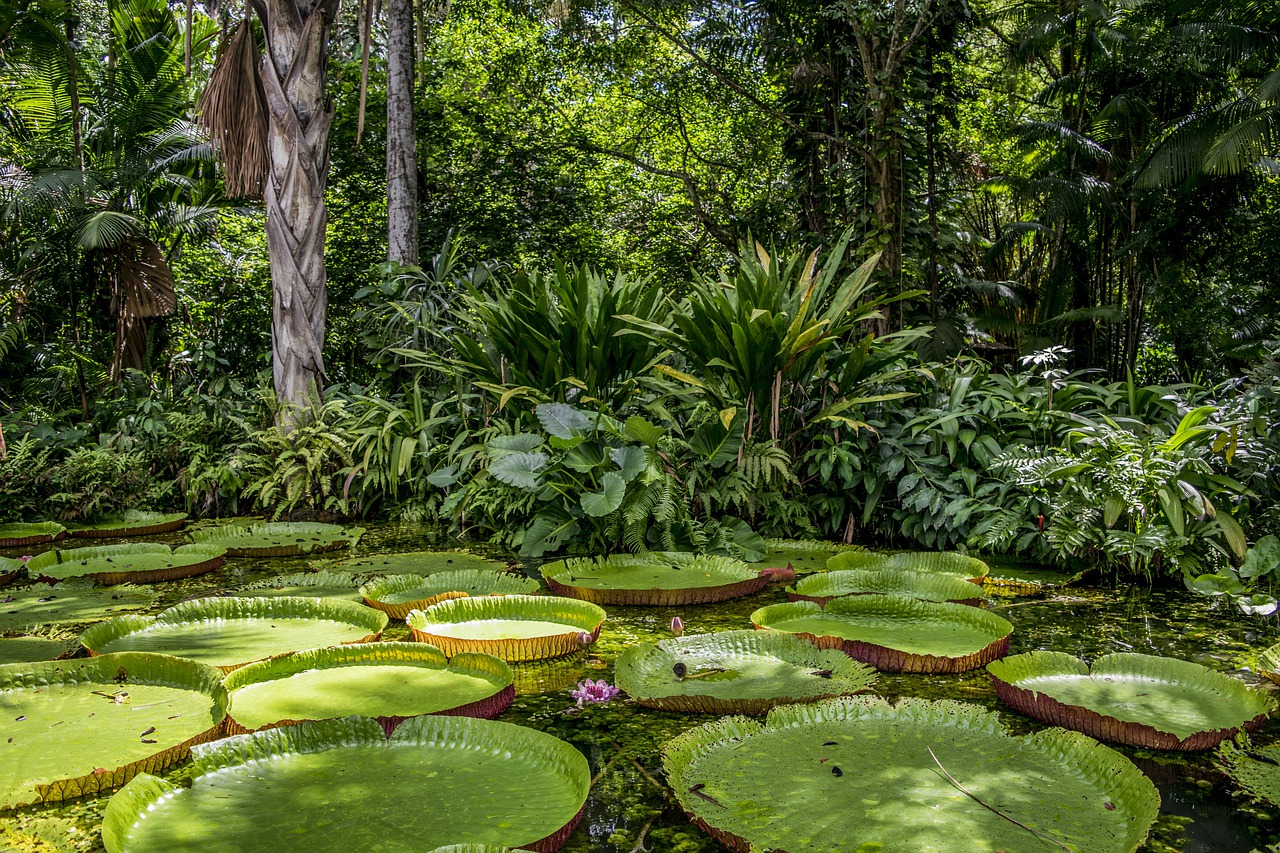The Amazon Rainforest is the world’s most famous rain forest. Located in South America, its range covers several countries. This amazing jungle has a lot of interesting things to hide underneath its layers and layers of leaves. However, you can find out some of these amazing Amazon forest facts, by checking out below for the top 7 facts about the Amazon Rainforest.
The origin of a lot of our food and medicines
The Amazon Rainforest is a very important food basket of the world. In fact, over 80% of the food that we eat has its origins from there. A small variety of the foods include “fruits like avocados, coconuts, figs, oranges, lemons, grapefruit, bananas, guavas, pineapples, mangos and tomatoes; vegetables including corn, potatoes, rice, winter squash and yams; spices like black pepper, cayenne, chocolate, cinnamon, cloves, ginger, sugar cane, tumeric, coffee and vanilla and nuts including Brazil nuts and cashews.”
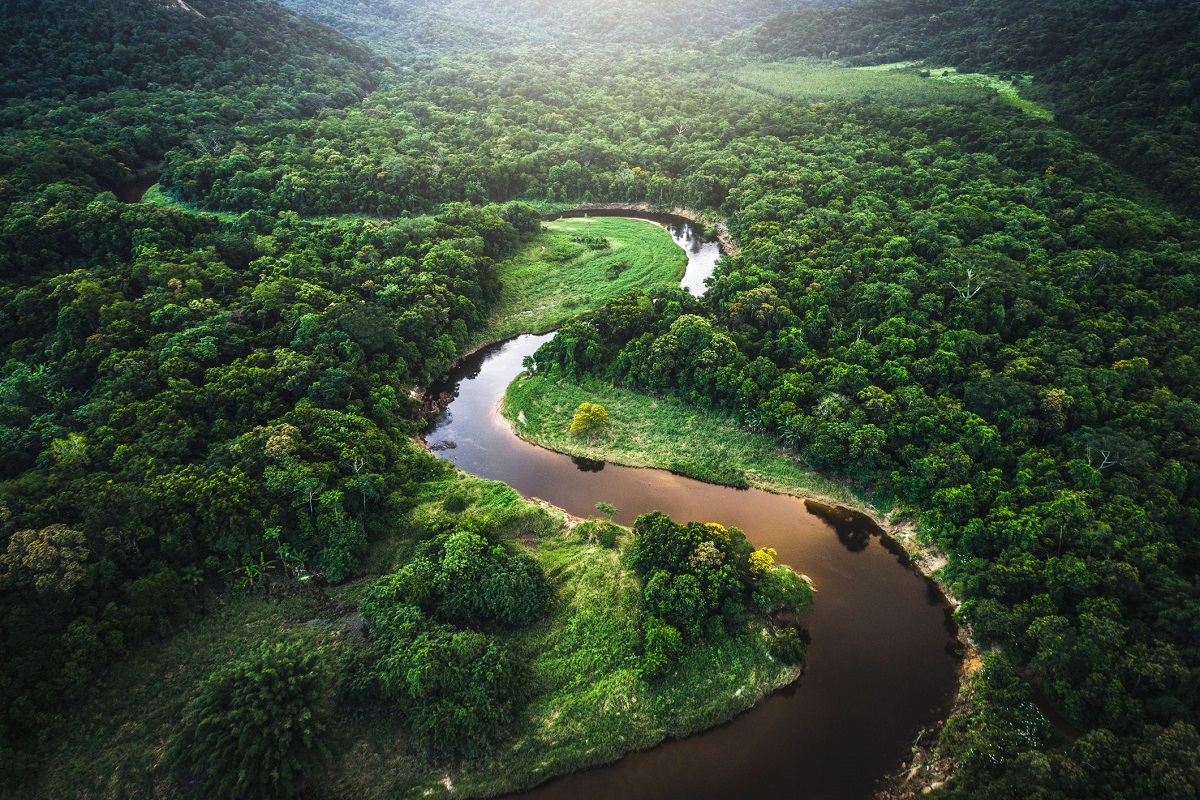
The largest tropical rainforest in the world
The Amazon Rainforest is the largest tropical rainforest in the world. It covers an area of 2.1 million square miles (5.5 millions square kilometers). This dwarfs the world’s second largest rainforest, the Congo in central Africa. It only covers 690,000 square miles (1.78 million square kilometers). To help give you an idea of how big the Amazon really is, if it was its own country it would be the world’s 7th largest country based on area. It would be smaller than only Russia, Canada, the United States, China, Brazil, and Australia. However, it would be bigger than famously large nations such as India and Mexico.
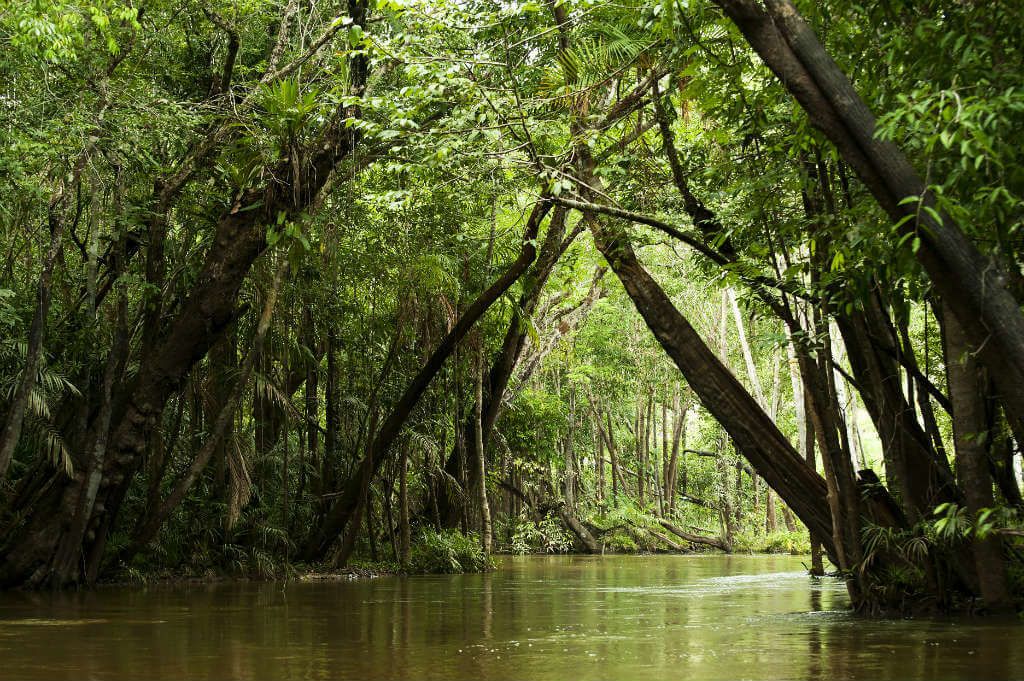
The Sahara Desert and the Amazon Rainforest
It is the dust from the Sahara Desert that blows across the Atlantic Ocean that is so important for the Amazon forest. More specifically, the phosphorus found in the desert dust is what is so important to the rain forest. It contains remnants of the dead microorganisms that used to live in lush lands that used to be there before the Sahara Desert, 10,500 years ago. The phosphorus is an essential nutrient for plants. It helps them grow. Additionally, the Sahara Desert provides around 22,000 tons of sand per year filled with fertilizing phosphorus to the Amazon forest.
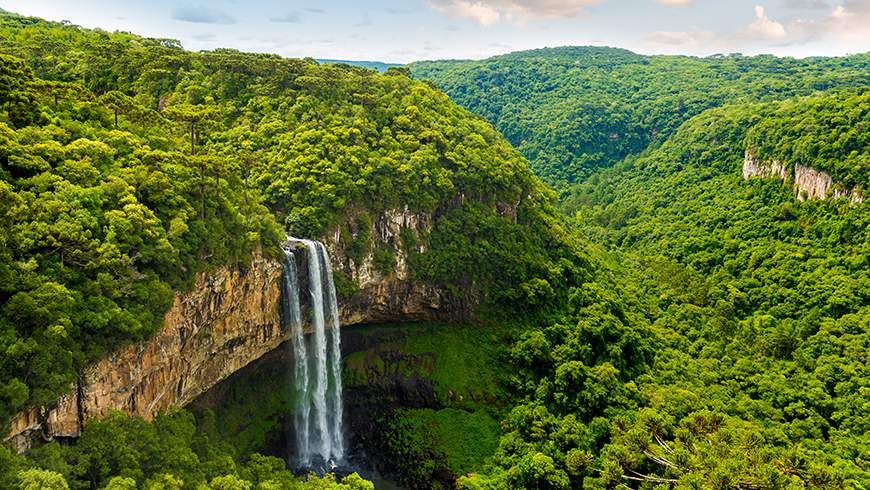
The Amazon Rainforest’s Indigenous tribes
The Amazon Rainforest is filled with around 240 tribes at a total of around 900,000 people living in Brazil today. However, this is a dramatic decrease in the indigenous population. In 1500, Europeans first came to Brazil. At this time, historians estimate that there were at least 11 million indigenous people in about 2,000 tribes living in the Amazon. However, today their situation is quite perilous. In fact, it is only getting worse. Farmers and loggers are constantly encroaching on their protected land.
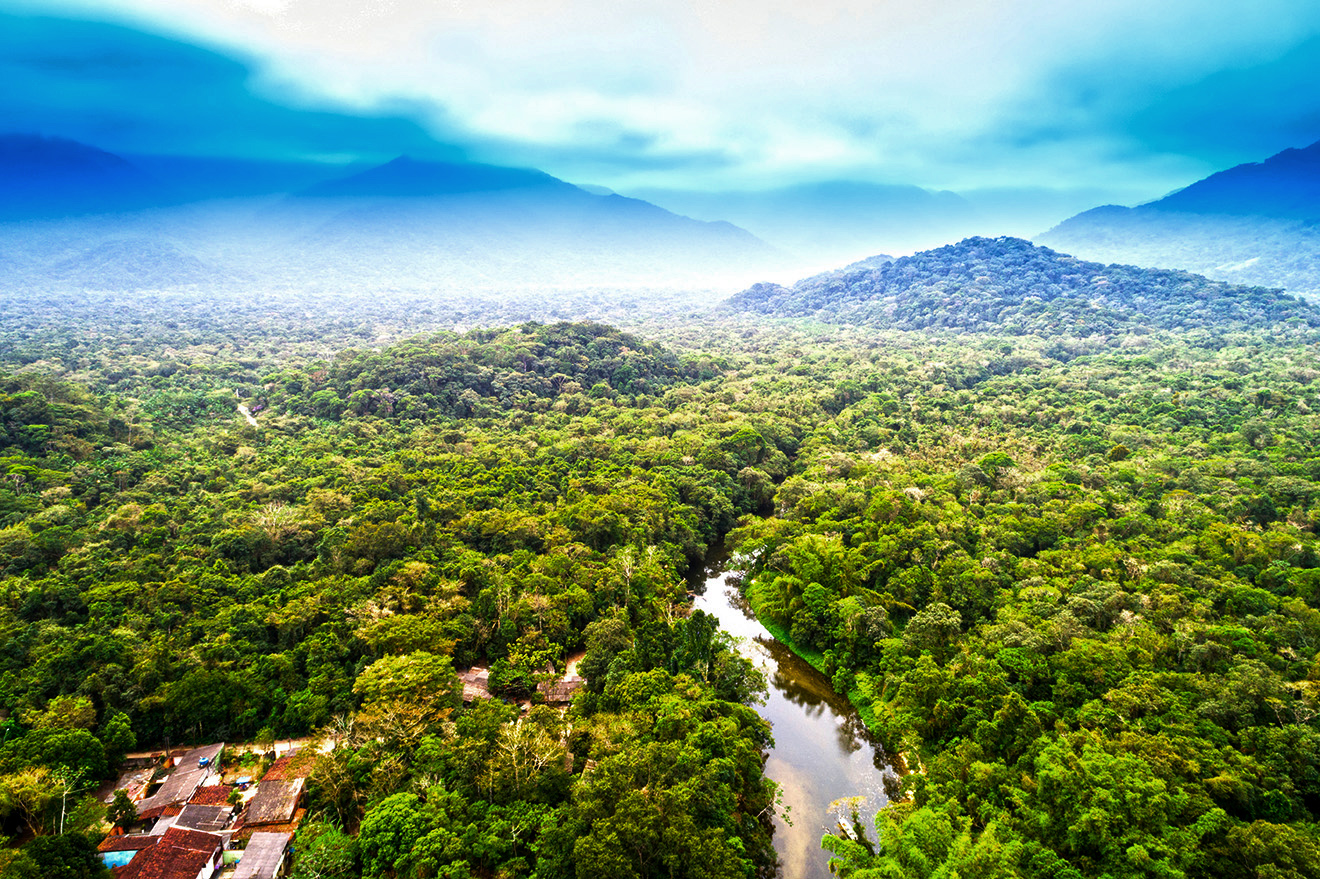
The Amazon River is longer than the Nile River
For the longest time, the title of “longest river” in the world has gone back and forth between the Amazon River in South America and the Nile River in Egypt and Africa. You may have learned that the debate was over. The Nile River was the longest river in the world. While the Amazon River was the largest river in the world based off of volume. However, measurements like this can be very tricky. It is very difficult to determine exactly where a river starts and ends.
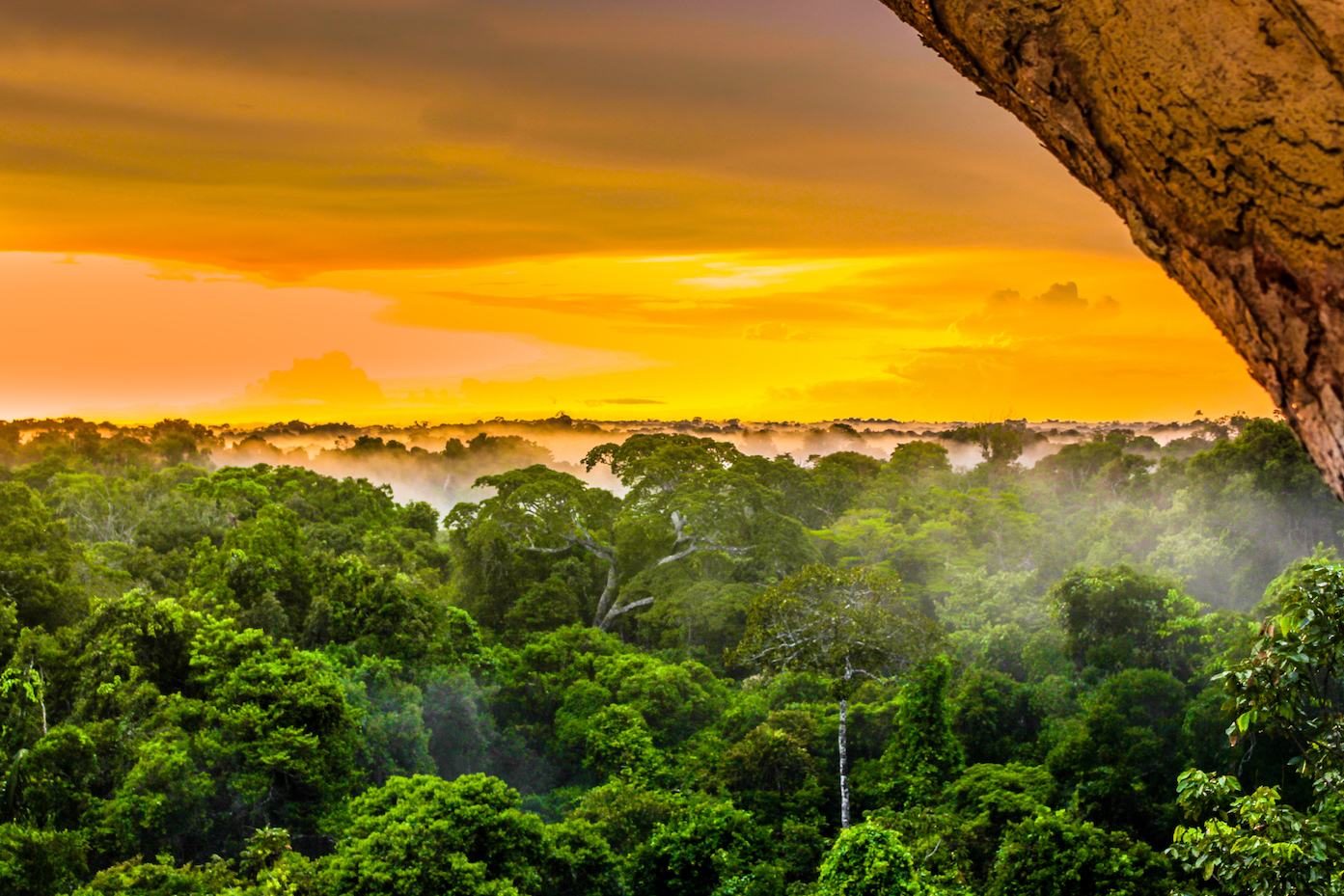
The Direction of Flow of the Amazon River
The Amazon River flows from high up in the Mountains, which hug the western coast of the South American continent, east towards the Atlantic Ocean. However, this was not always the case. Before, the Amazon River used to flow westward into the Pacific Ocean. However, once the Andes mountain range started rising up 45 million years ago due to tectonic plates shifting, the direction of the Amazon River changed to its current direction.
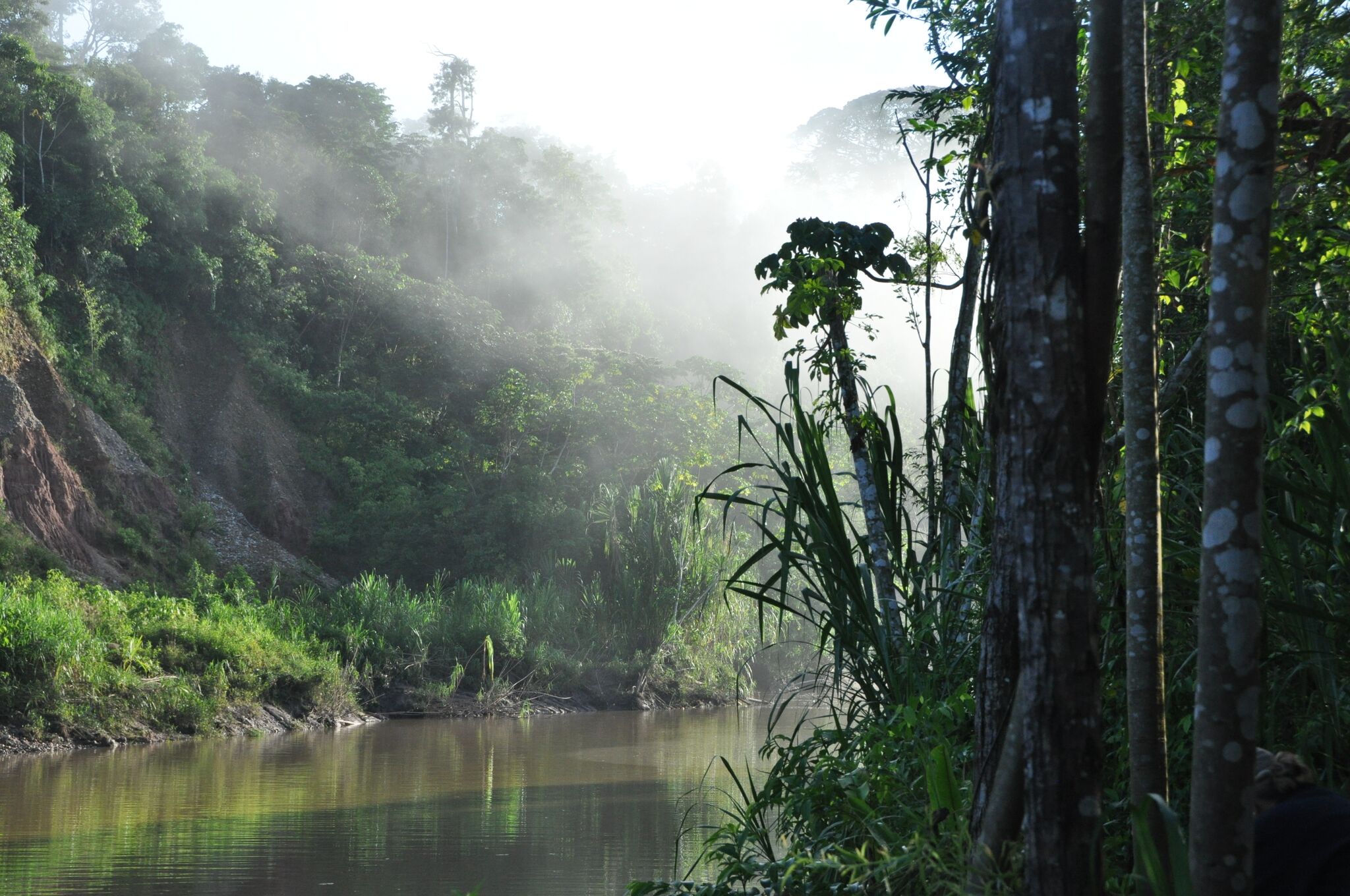
The Rainforest – The Earth’s Lungs
Plants and trees are an important part of the ecosystem on this plant. They are integral part of the oxygen, carbon dioxide cycle. They “breath” in CO2 and expel the oxygen we need to breathe. One of the most interesting Amazon Rainforest facts is that the Amazon Jungle is such an important and big player in this process that it is sometimes called the Earth’s lungs. In fact, the Amazon Jungle is responsible for more than 25% of the oxygen production in the world.
